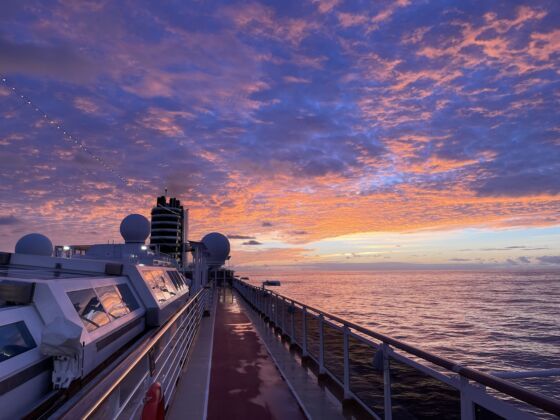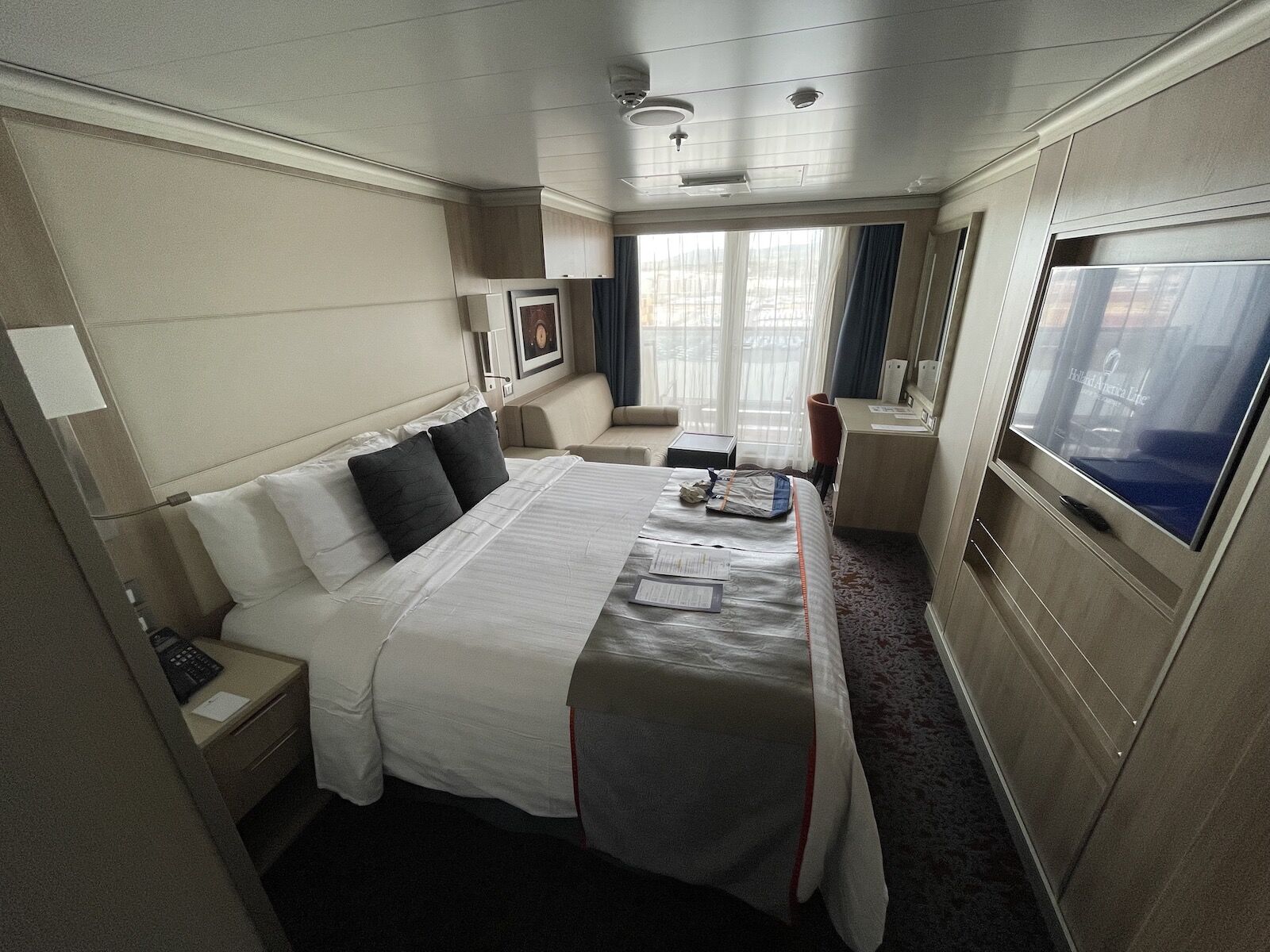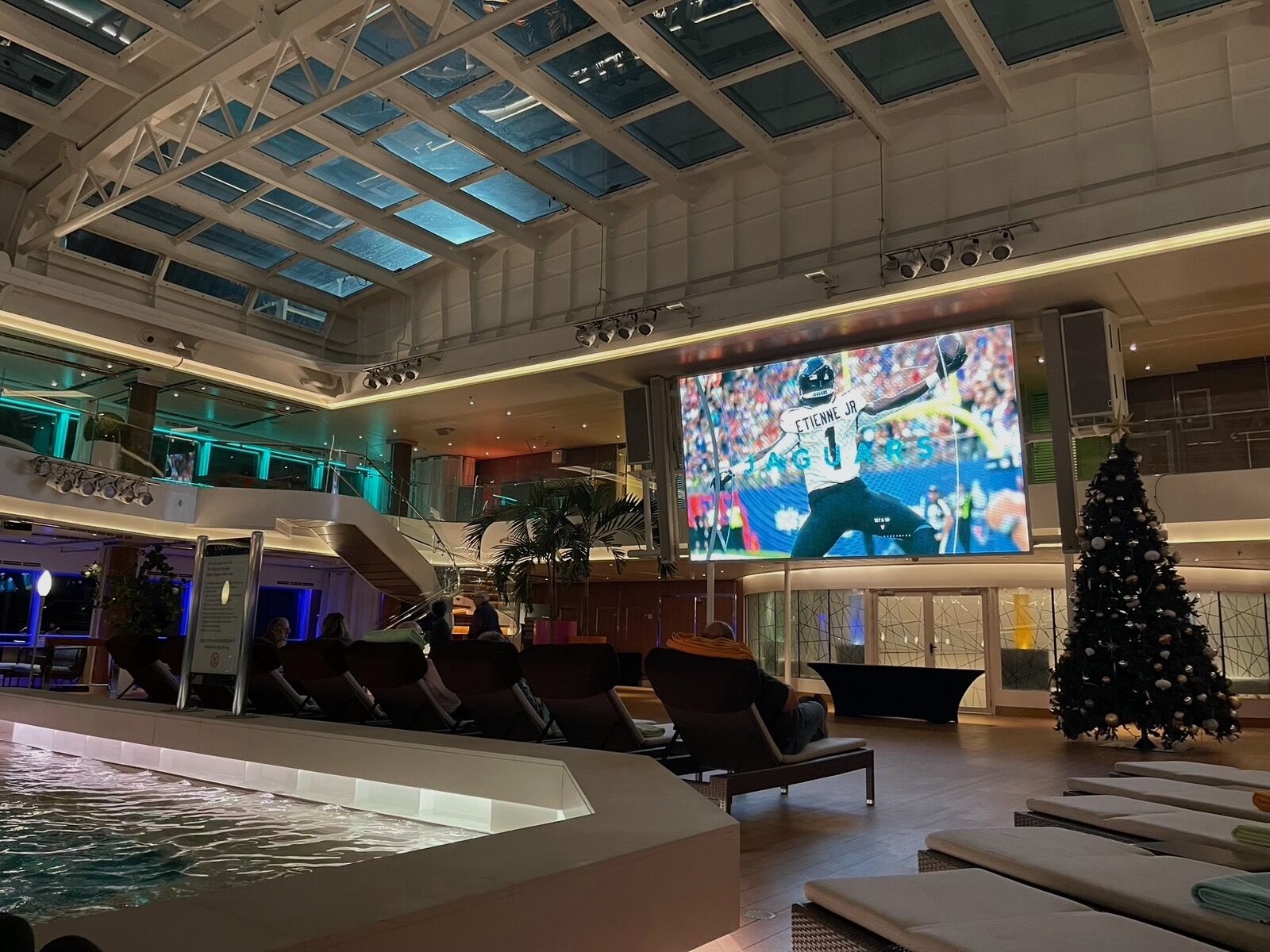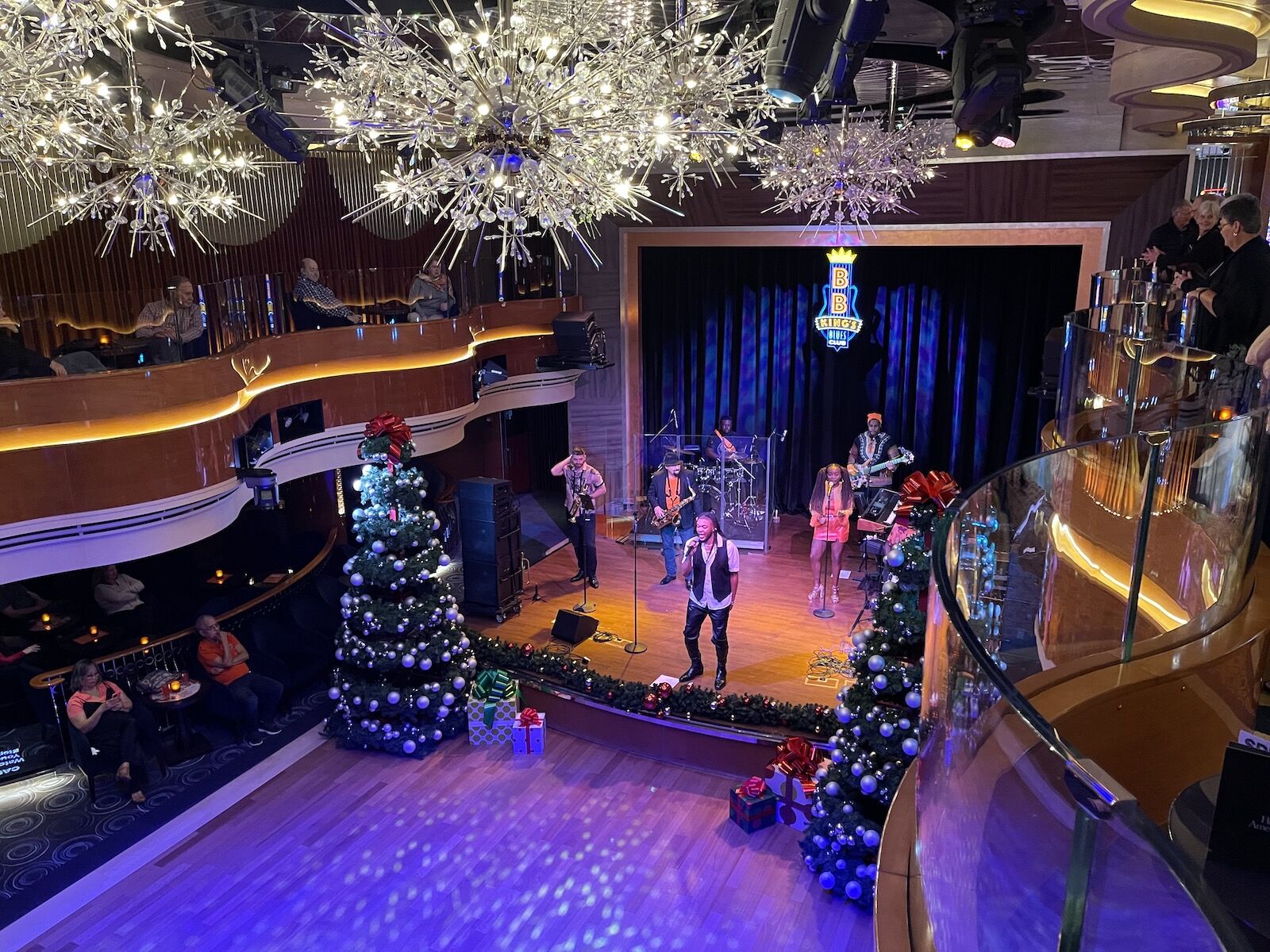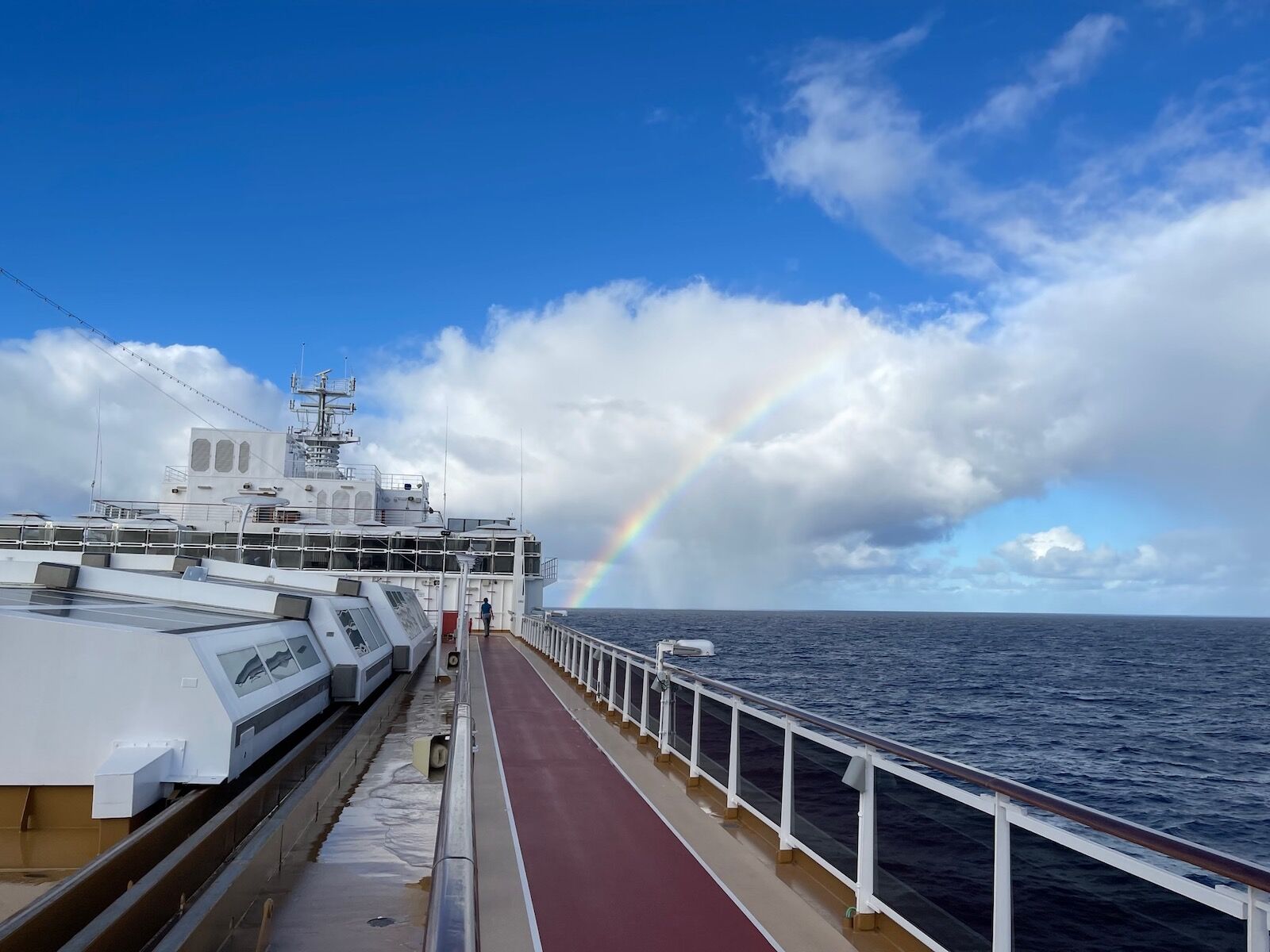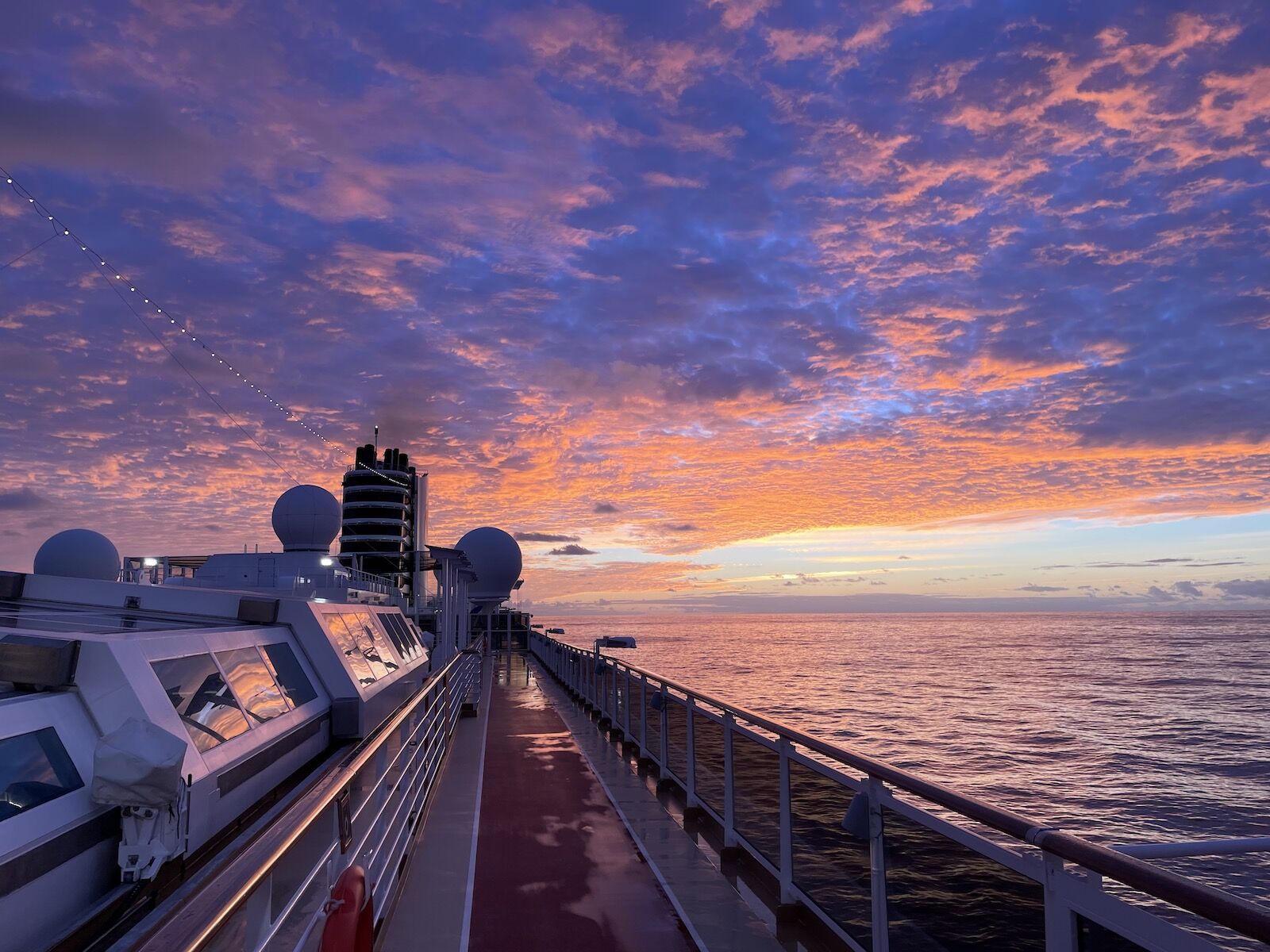I took my first cruise, a nine-day journey on the Mississippi River on board the American Queen, the world’s biggest paddlewheel steamboat, less than two years ago, in July 2022. Since then, I have been on four more cruises to Alaska, the Mediterranean, around Iceland, and my latest, across the Atlantic Ocean.
I never thought I’d become a keen cruiser, and I especially never thought I’d book myself on a cruise that involved a lot of consecutive sea days, yet, in 2023, I did just that. A great deal found on Holland America’s website led me to book my partner and I on a 14-day cruise from Rome, Italy, to Fort Lauderdale, Florida, from November 26, 2023, to December 10, 2023.
